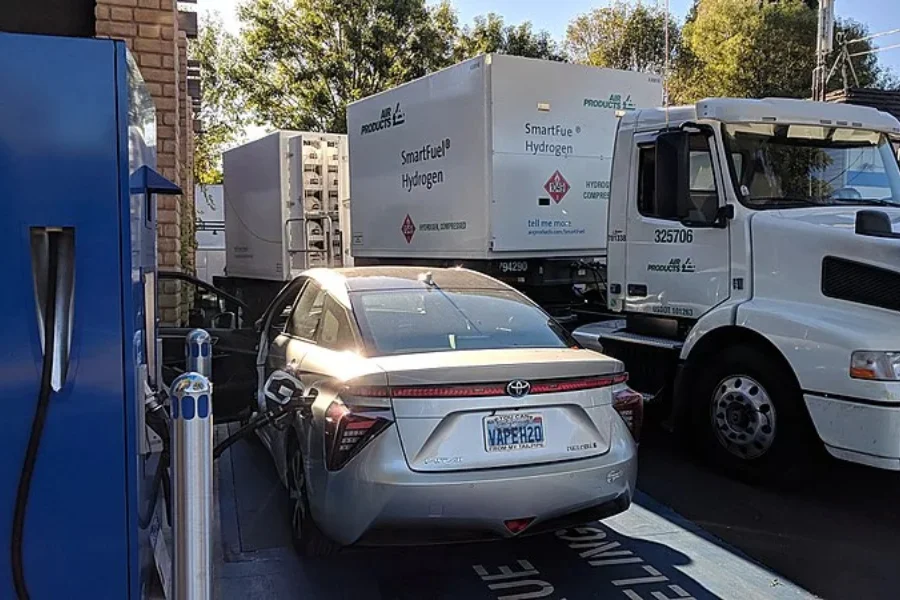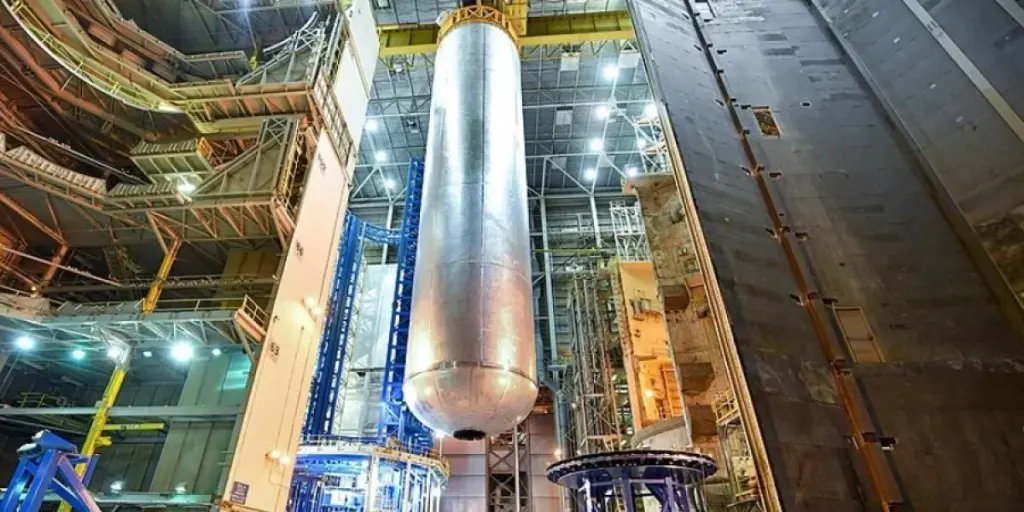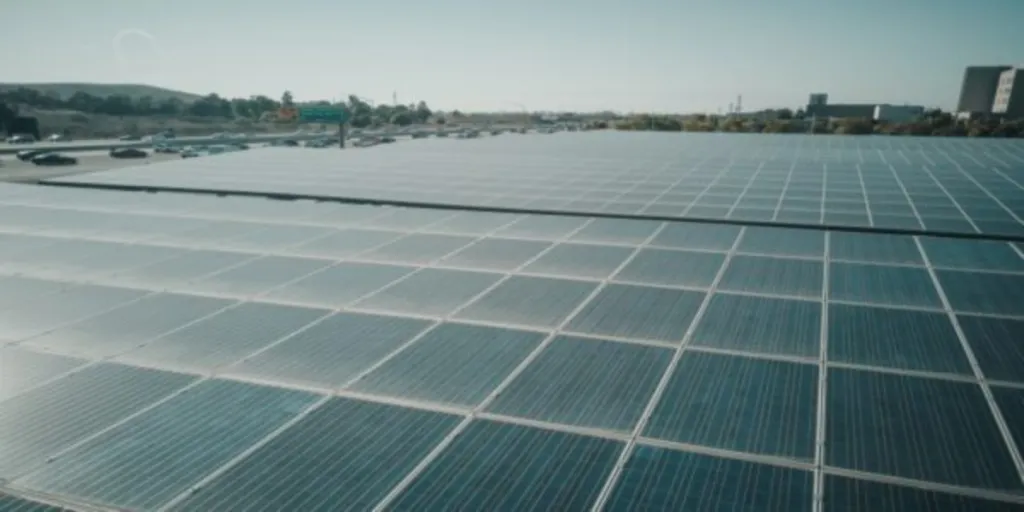Since the first combustion engine was powered by hydrogen 200 years ago, hydrogen technology has caught the attention of people all over the world. The goal of hydrogen technology is to create and use hydrogen as a clean and renewable source of energy that can be used to power cars, homes, and a variety of other commercial purposes.
Hydrogen is unique in its ability to be a lightweight and energy-dense fuel with no direct emissions of pollutants like greenhouse gases. It is significant because it is expected to make the world less dependent on fossil fuels and bring down greenhouse gas emissions at the same time.
In the near future, hydrogen will likely be made from a variety of energy sources, stored, moved to where it is needed, and then cleanly turned into heat and electricity, making it the world’s main source of energy.
Table of Contents
The current state of hydrogen energy technology
Recent technological developments in hydrogen energy
The future of hydrogen energy technology
Hydrogen energy: potential and challenges
The current state of hydrogen energy technology

Hydrogen is a versatile energy carrier that can be used to reduce carbon emissions in many different areas, such as transportation, chemicals, metals, buildings, and power generation. These sectors were previously believed to be difficult in terms of reducing emissions.
The International Energy Agency (IEA) says that hydrogen is mostly used in the chemical and petrochemical industries. For example, it is used to refine oil and make ammonia and methanol. It is also used for metal processing and food production. Another IEA report states that hydrogen is also used as a fuel in space exploration and as an oxygen scavenger in the heat treatment of metals.
Here are a few more hydrogen energy application use cases that are currently in mass production or are making significant progress or breakthroughs.
- Warehouse logistics: Hydrogen fuel cells can power clean trucks, forklifts, pallet jacks, and other indoor factory vehicles that require quick refuelling and long runtimes.
- Global supply chain: Hydrogen energy can give long-distance trucks and local delivery vehicles the range and power they need while reducing carbon emissions and noise pollution.
- Glass production: Hydrogen is used to melt raw materials like silica sand at high temperatures, replacing natural gas and lowering CO2 emissions.
- Electronics production: Hydrogen is used as a “carrier gas” to put thin layers of materials on silicon wafers, allowing the fabrication of solar cells and microchips.
Electrolysers are devices that use electricity to split water into hydrogen and oxygen. These devices can provide better market side flexibility, as they can produce hydrogen when there is excess availability of renewable electricity and use hydrogen to generate electricity when there is a shortage of renewable electricity. Electrolysers can also produce oxygen as a by-product. It can be used for various industrial applications or sold on the market.
Unlike other renewable energy sources, hydrogen can be made from many different fuels and is easy to transport in different forms. It can then be turned into electricity. But hydrogen is currently produced mainly from fossil fuels. Therefore, the CO2 emissions from the current applications of hydrogen energy account for more than 900 metric tons per year.
Hydrogen is a clean energy source if it is made from low-carbon sources like renewable energy, nuclear power, or fossil fuels with carbon capture and storage (CCS). The only way to reduce carbon emissions is to switch to cleaner hydrogen production methods.

Today, investments in hydrogen technology and government support are rising. More than 30 countries have hydrogen roadmaps, and 228 large-scale hydrogen projects have been announced across the value chain, amounting to over $300 billion in spending through 2030.
Recent technological developments in hydrogen energy
Several recent breakthroughs and innovations are associated with hydrogen energy technology. The prominent ones include:
- The U.S. Department of Energy (DOE) is focused on developing technologies that can produce hydrogen at US$ 2 per kilogram by 2025 and at US$ 1 per kilogram by 2030 through net-zero-carbon pathways.
- Researchers at the University of Calgary’s Schulich School of Engineering have developed a new type of fuel cell that can directly use methane or other hydrocarbon fuels to generate electricity with high efficiency and low cost. This innovative hydrogen energy technology eliminates the need for costly and complex reforming processes.
- The green hydrogen revolution is speeding up thanks to new technologies like electrolysis, fuel cells, hydrogen storage, and hydrogen blending. Green hydrogen is hydrogen produced from renewable energy sources, such as wind and solar.
- The University of Waterloo has developed a new type of fuel cell that can last ten times longer than existing ones. The fuel cell uses a thin layer of platinum and carbon to reduce degradation and increase durability. This innovation has the potential to reduce the cost of hydrogen fuel cell vehicles (FCVs) and make them more competitive with traditional vehicles.
The future of hydrogen energy technology

The momentum of hydrogen energy technology as the most reliable source of energy in the future can’t be stopped. It can play a key role in clean energy transitions by providing a flexible, low-carbon energy source for various sectors.
Hydrogen energy technology can make it possible to make and use electricity from renewable sources on a large scale while reducing carbon emissions. But increasing the production, infrastructure, trade, and use of hydrogen comes with some challenges.
Hydrogen energy: potential and challenges
The high cost of technological advancements for hydrogen production, transportation, storage, and use is one of the challenges of hydrogen energy technology. Another challenge is to attract more investment for hydrogen projects and enhance coordination among the different stakeholders in hydrogen value chains.
These problems can be solved by making research and development better, lowering the cost of capital, and making hydrogen more valuable. We must also develop supportive policies and regulations, as well as encourage collaboration and communication among various actors.
By overcoming these challenges, hydrogen energy technology can play a key role in clean energy transitions and contribute to global climate goals, leading to a “Hydrogen Economy.”




